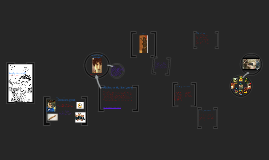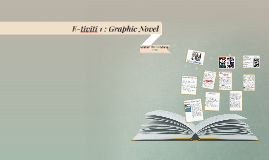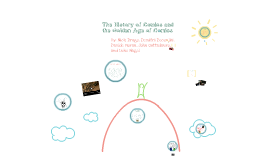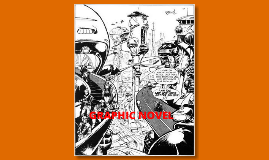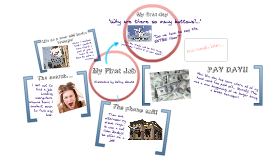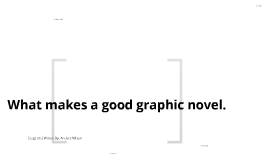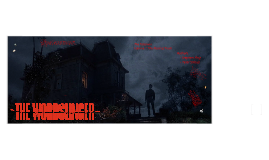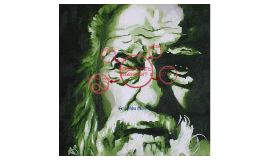Graphic Novel
Transcript: 24 February 2012 Donald James MacHale is known popularly under the pen name D. J. MacHale He was born March 11, 1955 in Greenwich, Connecticut. He is a writer, director, and executive producer. The Monster Princess is MacHale's first picture book. It was first published on August 10th, 2010, and again on May 10th, 2011. Machale did not enjoy writing until college, where his screenwriting teacher changed his outlook He attended Greenwich High School and New York University after that. He recieved a BFA in film production. Carla Speed McNeil Robert "Bobby" Pendragon Carla Speed McNeil was born on in Hammond, Louisiana She is an American sci-fi writer, cartoonist, and illustrator of comics. In 1997, at Comic-Con International, McNeil won the Lulu Awards' Kimberly Yale Award for Best New Talent for her work on Finder and Shanda the Panda. Publishing in the 21st Century Literary Devices Allusion Allusion becomes a somewhat big part of this novel. For example, in the very beginning Uncle Press warns Bobby of the dangers of bringing things from the outside world into the new world. Bobby ignores this, however, and so begings the conflict. Denotation The problems that are created and eventually create the conflict in "Pendragon" are usually stated very clearly. The reader doesn't have to work very hard to figure out what the conflict is. Literary Devices: Continued Emily Croasdell The 21st Century is the current century. It began on January 1, 2001 and will end on December 31, 2100. During the 21st Century many political and historical changes have been made. For one, an African-American president was elected. Another is that a war was started in Afghanistan and Iraq. Those wars are slowly coming to an end, hopefully. Pendragon Writen by: D.J. MacHale Adapted and Illustrated by: Car;a Speed McNeil Book One: The Merchant of Death "Carla Speed McNeil." Wikipedia, The Free Encyclopedia. N.p., n.d. Web. 13 Feb. 2012. <http://en.wikipedia.org/wiki/Carla_Speed_McNeil>. "D.J. MacHale." Wikipedia, The Free Encyclopedia. N.p., 13 Feb. 2012. Web. 17 Feb. 2012. MacHale, D.J., perf. Bestselling Author D.J. MacHale Discusse. Youtube. Web. 17 Feb. 2012. <http://www.youtube.com/watch?v=Kwg7EzBx6qs>. <http://en.wikipedia.org/wiki/D._J._MacHale>. "The Monster Princess." Good Reads. N.p., n.d. Web. 13 Feb. 2012. <http://www.goodreads.com/book/show/7171620-the-monster-princess>. All pictures courtesy of Prezi. http://djmachalebooks.com/books/pendragon/ Loor Foreshadowing There is a bit of foreshadowing in the begining of the novel. It seemed like a nonchalant comment from Uncle Press to Bobby, but as the story progresses you find that comment becoming more and more important. Analogy Analogy can be found in this novel, though not very often. An exmaple found is if you harbor greed, and let it continue, nothing good can come of it. Bobby is a 14-year-old basketball player with brown hair and brown eyes Loor is the daughter of Uncle Press' good friend. She is a fierce warrior. At first she and Bobby strongly dislike each other but they grow to understand each other. Loor is a Batu warrior with dark skin, brown eyes, and dark hair (usually tied in a long braid), with an extremely athletic body. Works Cited Bobby Pendragon is the main character in the novel. He is in love with Courtney Chetwynde. His Uncle, Uncle Press as he is refered to, intorduces him to the magical worlds that lie beyond our own and so beings Bobby's story. D.J. MacHale






